The easy stuff first.
1) If you are using Entity Framework you can enable migrations (if u havent done it already) and then when you point your connection string to another server Entity seed method will take care of everything.
Read about EF migrations HERE.
2) If you are not using EF then you have to backup and restore the database to the new server. you can use SQL Server Management Studio to export your DB (or only database schema without data) and then import it to the other server.
UPDATE After the comments addition:
No you cant just "include" the SQL Server installation in your app. SQL Server is a huge monster that comes in its own installation.
IF you are looking for a lightweight database that you could install in a pc, you can use:
-Access
-SQLIte
-SQL Server Express (a crippled SQL Server)
-SQL Server Compact You can install it directly via nuget ( Microsoft.SqlServer.Compact package)
SQL server editions comparison
Personally i love the following combination on simple apps:
SQLite + Dapper (micro ORM, somethign like a very light Entity Framework)
